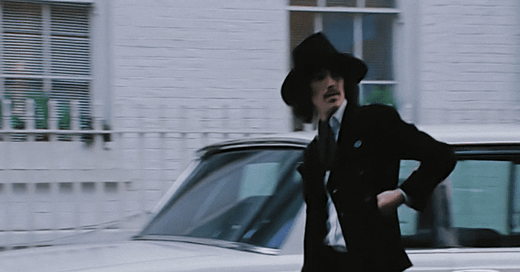Dust
Something I wrote a short while ago about the Beatles, the Get Back documentary, and what time does to art
Who is the best-dressed Beatle in the Get Back documentary? My personal choice would be George, but that’s only if we’re confining selection criteria to official members of the band itself. During the 468 minutes of footage, shot by Michael Lyndsay-Hogg in January 1969 and edited more than half a century later by Peter Jackson, the most consistently, fa…
Keep reading with a 7-day free trial
Subscribe to The Villager to keep reading this post and get 7 days of free access to the full post archives.




